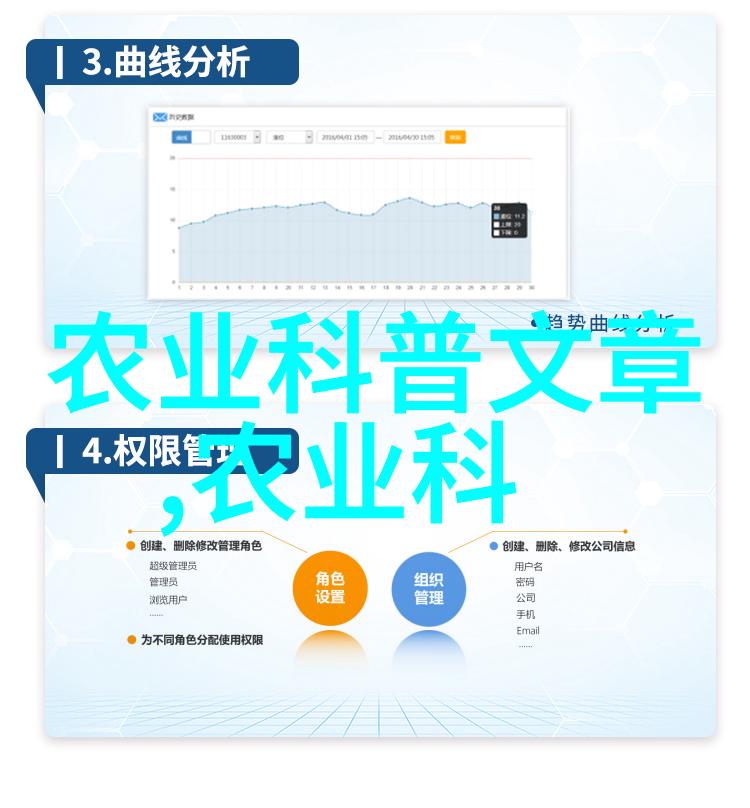未来发展趋势智能化和可持续性在农业带中的应用
引言

agriculture, as an important part of the global economy, is facing unprecedented challenges such as climate change, population growth, and resource depletion. To address these issues, the concept of "agricultural belt" has been widely adopted in many countries. An agricultural belt refers to a region with a high concentration of agricultural production and processing activities.
农业带的构成要素与功能

An agricultural belt typically includes farmland for crop cultivation and animal husbandry; agricultural infrastructure such as irrigation systems, storage facilities, and transportation networks; research institutions for crop breeding and pest control; markets for buying and selling farm products; and government agencies responsible for regulating agriculture-related activities.
智能化农业的兴起

With the rapid development of technology in recent years, smart farming technologies have become increasingly popular in agriculture belts around the world. These technologies include precision farming using GPS navigation systems to optimize planting patterns; remote monitoring of crops through satellite imagery or drones to detect diseases or pests early on; automated irrigation systems that can adjust water usage based on weather conditions; big data analysis to predict market trends and improve decision-making.
可持续性的重要性

In addition to technological advancements, sustainable practices are also becoming more prevalent in agriculture belts worldwide. Sustainable practices focus on reducing environmental impact while maintaining economic viability by adopting organic farming methods that avoid chemical pesticides or fertilizers which pollute soil or water sources.
5 结语




